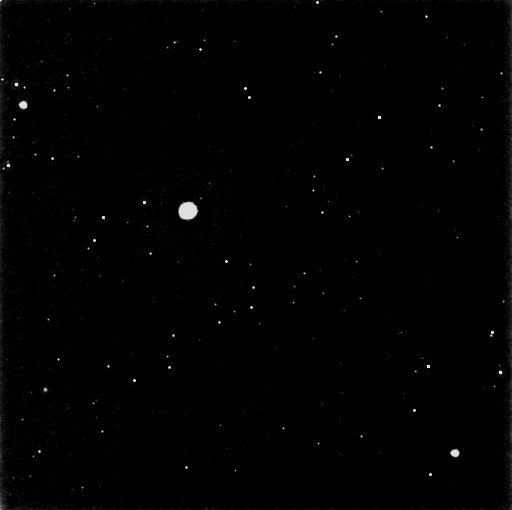SOURCES: Tricomi, F.G., Integral Equations. 1985. Dover. 1.
Wazwaz, A.M., A First Course in Integral Equations. 2015. 3.6
In regards to solving integral equations, there are two main types of equations: Volterra and Fredholm equations. The first of which is the topic of this post. First, a brief introduction. Just as there are equations which deal with unknown functions and their derivatives, there also exists another type of equation which involves the same function but include the integral of this function. There are also a class of equations called integro-differential equations (see my series on Monte Carlo and Radiative transfer), in which the equation deals with the function, its derivative, and its integral.
Here, I will be dealing with Volterra integral equations. More specifically, I will be considering the Volterra equation of the second kind (VESK) of the form:
where . The first term of the integrand
denotes the kernel. The kernel of the integral arises from its conversion from an initial value problem. Indeed, solving the integral equation is equivalent to solving the initial value problem of a differential equation. The integral equation includes the initial conditions instead of being added in near the end of the solution of an IVP.
The fact that we are dealing with Volterra equations means that the kernel is subject to the condition:
The typical way to solve this involves the method of successive approximations (some call this method Picard’s method of successive approximation). I first came across this method whilst taking my differential equations course. The context in which this arose was that of the existence and uniqueness of solutions to first order differential equations.
The method is as follows:
Suppose we have the equation given in (1). We then define an initial function Then the next iteration of
is
Naturally, the next term is
or more simply
The reason I chose to include Eq.(3) is because while reading about this method I found that the traditional expression (Eq.(4)) left much to be desired. For me, it didn’t demonstrate the “successive” part of successive approximations. In general, we may become convinced that
Once the general expression for is determined, we may determine the exact solution
via
This is probably one of the simpler methods of solving integral equations, since we do not require any real analysis, but we can obtain solutions for simple integral equations. I will discuss a few other methods of solution in future posts in this series.
